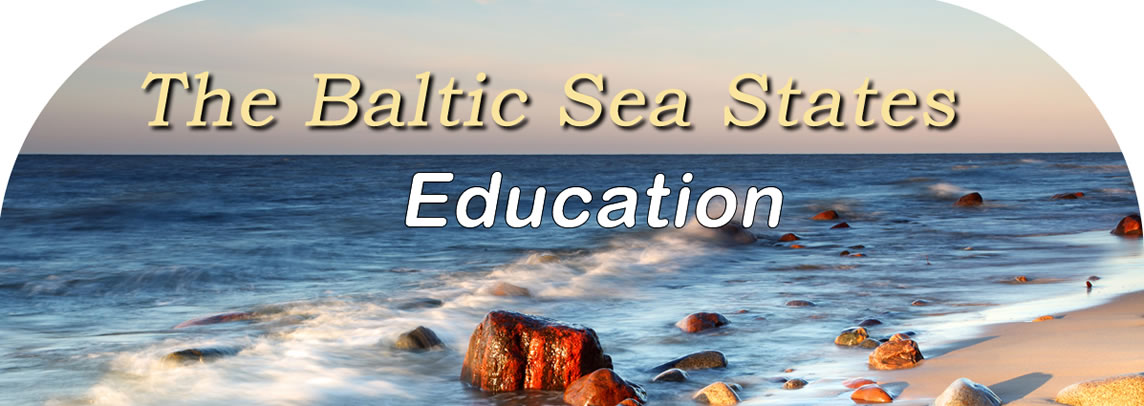
Educational policies in Estonia History Formal education in Estonia
started in the 13 century with the founding of the first cathedral
and monastic schools. The University of Tartu is the oldest
university in Estonia, being founded in 1632 by Swedish king Gustav
II Adolf. Pre-primary Education This framework curriculum is the basis used for the preparation of private and municipal childcare institution curriculum. It supports parents in the decision to educate their children at home. It also allows for a nursery school to be connected to a primary school, as long as they are under the same management. Basic Education Basic education is the minimum standard for education in Estonia. It is obligatory for every citizen. The educational system is structured into a nine-year program. After graduating from basic school, the majority of students move on to secondary school. Students who do not attend secondary school usually end up attending a vocational training school. Every school prepares their curriculum based on the national curriculum standard. State schools offering general education are free. Secondary Education Secondary education is divided into secondary vocational education and general secondary education. Students who obtain general secondary education have the right to continue their studies and obtain higher education. Secondary vocational training is primarily used as a direct path to the labour market. Upper secondary school admission is based on the results of tests taken by the student during basic school. Final examination tests for upper secondary schools are given by both the school and the state. Music Education There are two branches of music education in Estonia. Music in general education is a mandatory subject in the national curriculum. A large number of schools offer children the chance to study a specific instrument, in addition to their mandatory music lessons. The second branch is professional music education. These classes can be taken in universities, music high schools and afternoon music schools. Higher Education In Estonia, there are three levels in the academic higher education system: bachelor's, master's and doctoral. In some specialties, the bachelor's and master's levels are combined. These specialties include: classroom teacher, architect-engineer, dentistry, pharmacy, veterinary and basic medical studies. Applied higher education institutions do not have as much autonomy as public universities in Estonia. Universities have the freedom to make decisions in matters concerning assets, approve a development plan, approve the budget, establish admission requirements and create curriculum. Schools There are currently 589
schools in Estonia. The largest public universities are the Estonian
Academy of Arts, Estonian University of Life Sciences, Tallinn
University, Tallinn University of Technology and Tartu University.
The International University of Audentes is the largest private
university in the country. Estonia's national academy of science is
the Estonian Academy of Sciences. © Baltic21.org 2013, All Rights Reserved |
